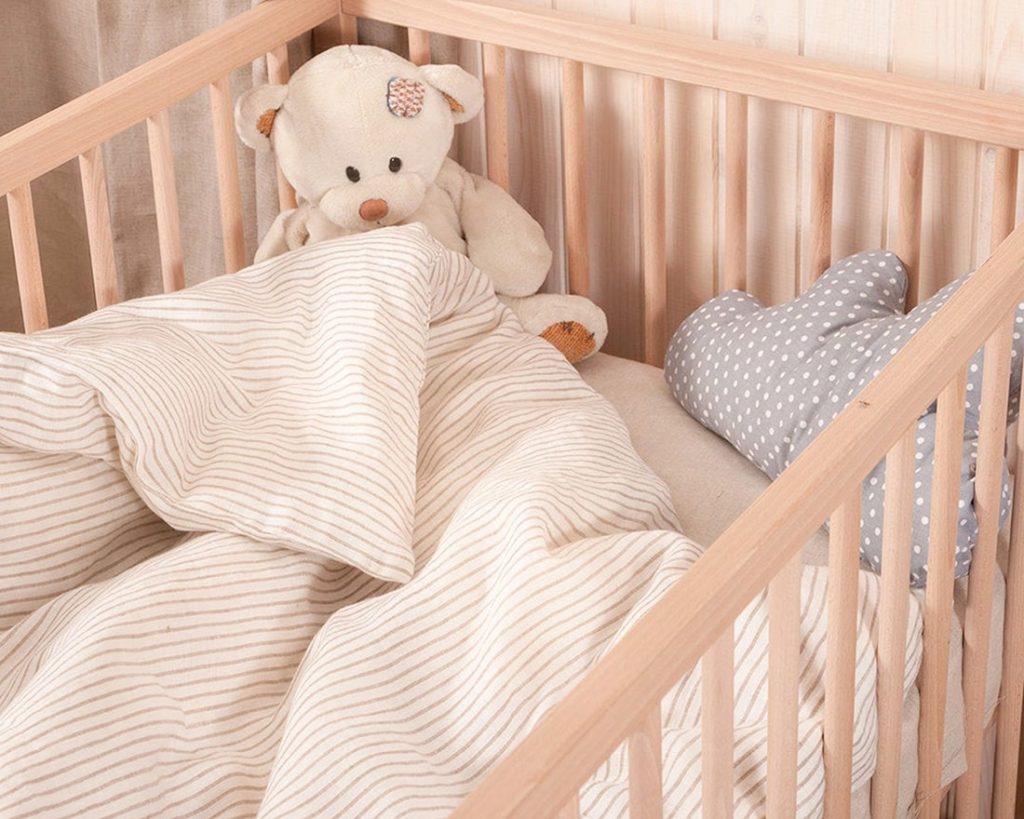
When you tuck your kids in for the night, you do so thinking that they are safe and protected within your home. There are locked doors and sturdy walls between them and the threats outside. However, there are quite a few dangers lurking right there within your home. In fact, kids’ beds themselves can be a serious source of risk. From flame retardants to VOCs, your children are exposed to an incredible range of dangers while they sleep. Safe mattresses for babies and children can reduce those risks.
The Danger of Flame Retardants
By law, all mattresses sold in the United States must be flame retardant. The problem is that in order to make bedding resistant to fire, dangerous chemicals must be used. According to Consumer Reports and the Consumer Product Safety Commission, “Consumers, especially pregnant women and young children, should avoid products containing organohalogen flame retardants (OFRs), a class of chemicals found in children’s toys, mattresses, furniture, and the plastic casings of electronic devices.”
The average toddler bed or crib mattress has been treated with OFRs to reduce the risk of fire, but these chemicals have been linked to a very wide range of serious health problems, including the following:
- Learning deficits
- Hyperactivity
- Cancer
- Impaired memory
- Reduced IQ
- Immune disorders
- Hormone disorders
- Reproductive system disorders
OFRs leach out of the material in which they have been added, ending up in dust, on your child’s clothing, and in the air. Depending on their age, children spend between 7 and 12 hours asleep. Infants spend most of their day sleeping in their beds, and even toddlers spend many hours asleep. During that time, they are inhaling these dangerous compounds, which could be causing serious damage to their developing bodies and minds.
Sadly, OFRs have been used for decades in children’s bedding and other products at this point. Also, while there is a movement to have their use banned, it has not yet been successful and may take years to finally achieve results.
The Danger of VOCs
In addition to the frightening prospect of OFR exposure, conventional kids’ beds also expose your child to volatile organic compounds, or VOCs. They are emitted as gases from most synthetic materials used for the making of furniture, including mattresses and bedding. Some of them are toxic chemicals used in the manufacturing processes, used as protectants and preservatives, applied to increase durability, and many others.
VOCs are found in just about everything today. They’re particularly infamous for their presence in things like paint and adhesives, but you will also find them in things like cosmetics, deodorant, and home furnishings, such as mattresses.
Exposure to VOCs can lead to both short and long-term health impacts for your child. The American Lung Association, a leading authority on lung health in the US, reports that, “Breathing VOCs can irritate the eyes, nose and throat, can cause difficulty breathing and nausea, and can damage the central nervous system, as well as other organs. Some VOCs can cause cancer.”
Even the Environmental Protection Agency weighs in against VOCs, noting negative health impacts caused by these chemicals, including eye and throat irritation, allergic skin reactions, dizziness, damage to the liver, damage to kidneys, and more.
How to Protect Your Children
Conventional kids’ beds harbor hidden threats to your child’s health. Thankfully, there are ways that you can safeguard your children while ensuring they get the restful sleep they need for health and development. Safe mattresses for babies do exist on the market. One important thing to remember – avoid synthetic materials.
Wool releases no VOCs and thanks to the natural coating of lanolin it doesn’t flame and is the only bedding material that legally does not require chemical flame retardants in order to resist fire.
Wool kids’ bedding eliminates the hidden threats posed by both OFRs and VOCs. Wool offers comfort and durability while providing your child with the safe environment they need in order to grow and thrive, with no need for chemical protectants.

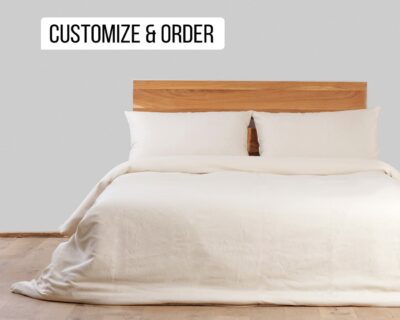
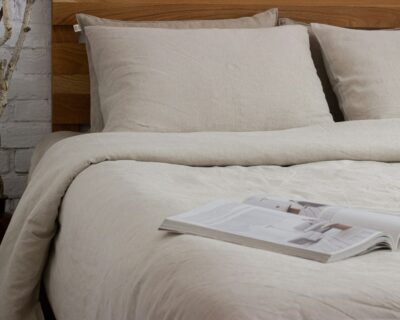

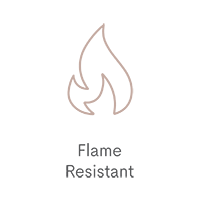

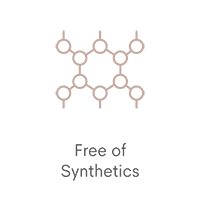

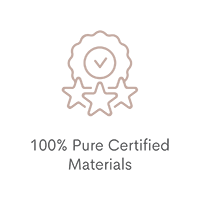
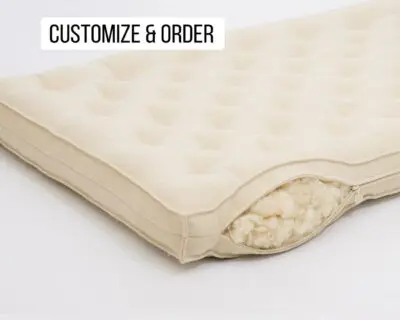
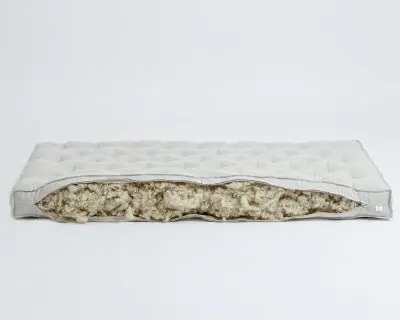

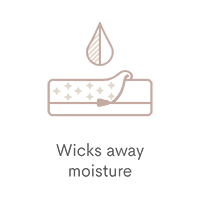
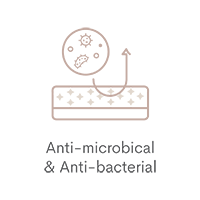
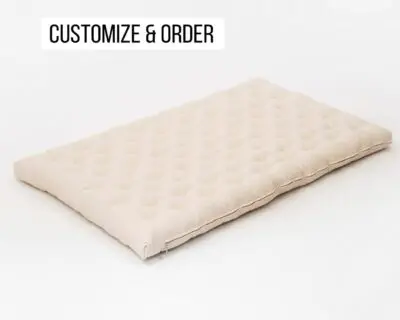
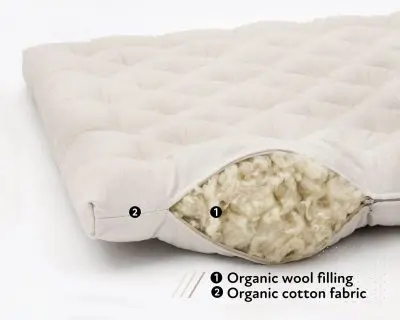
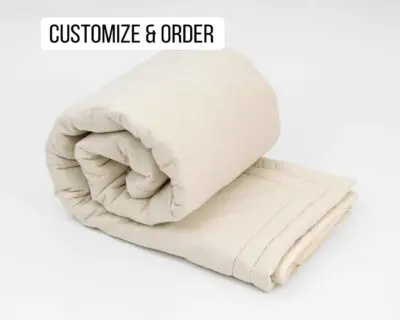
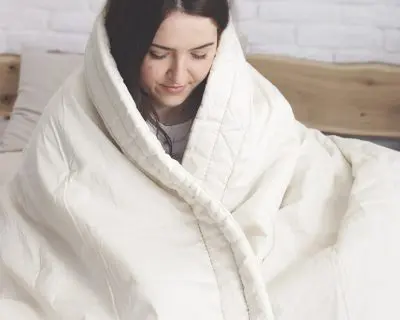
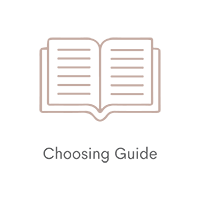
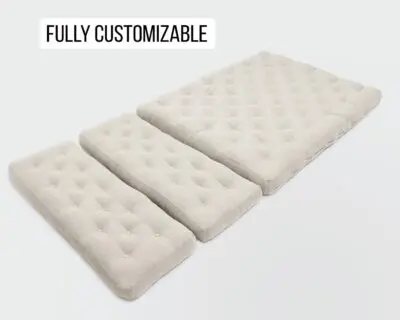
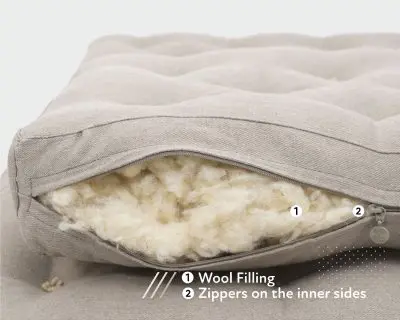
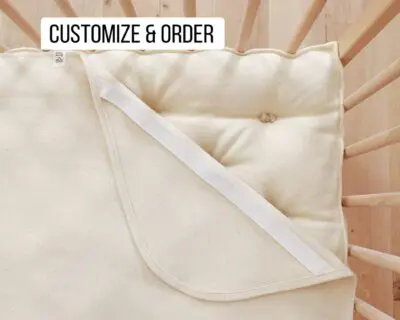
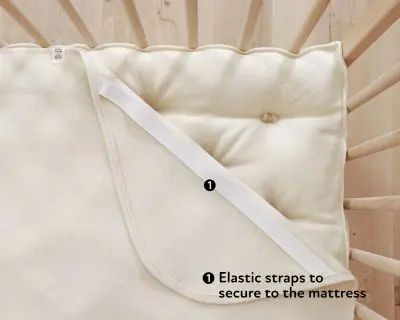

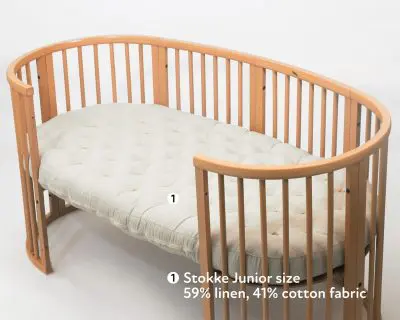
Leave a Reply